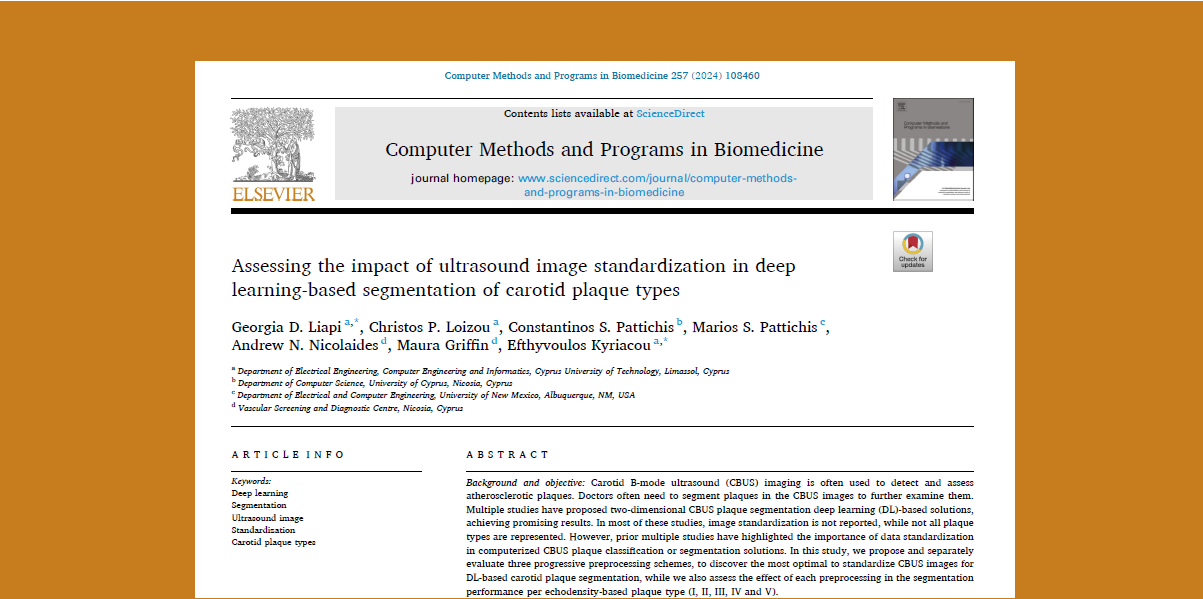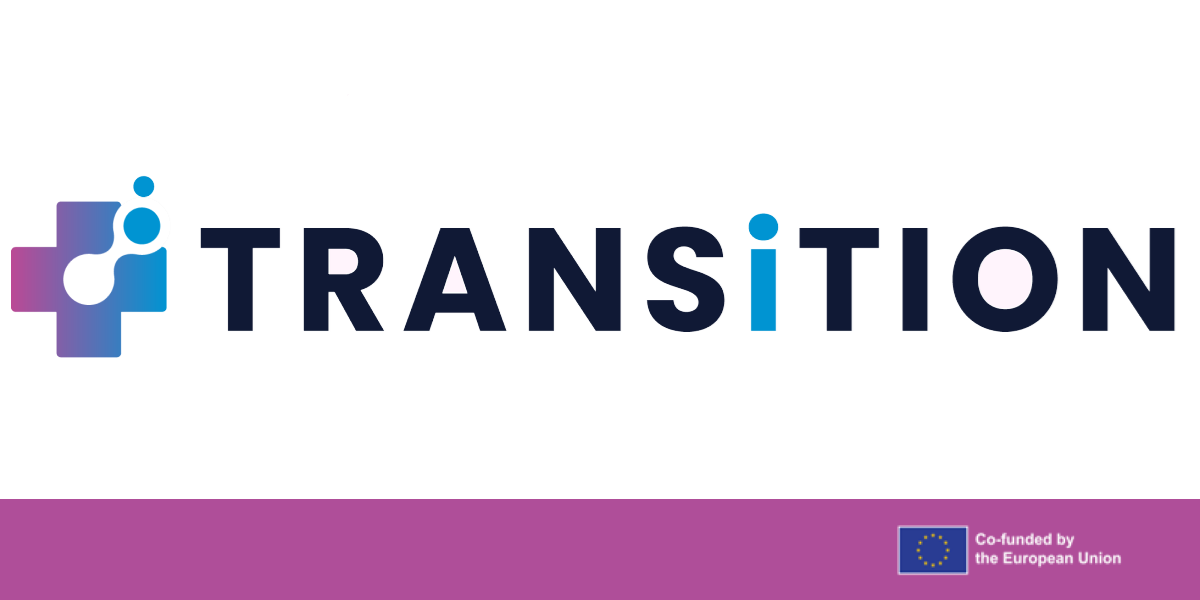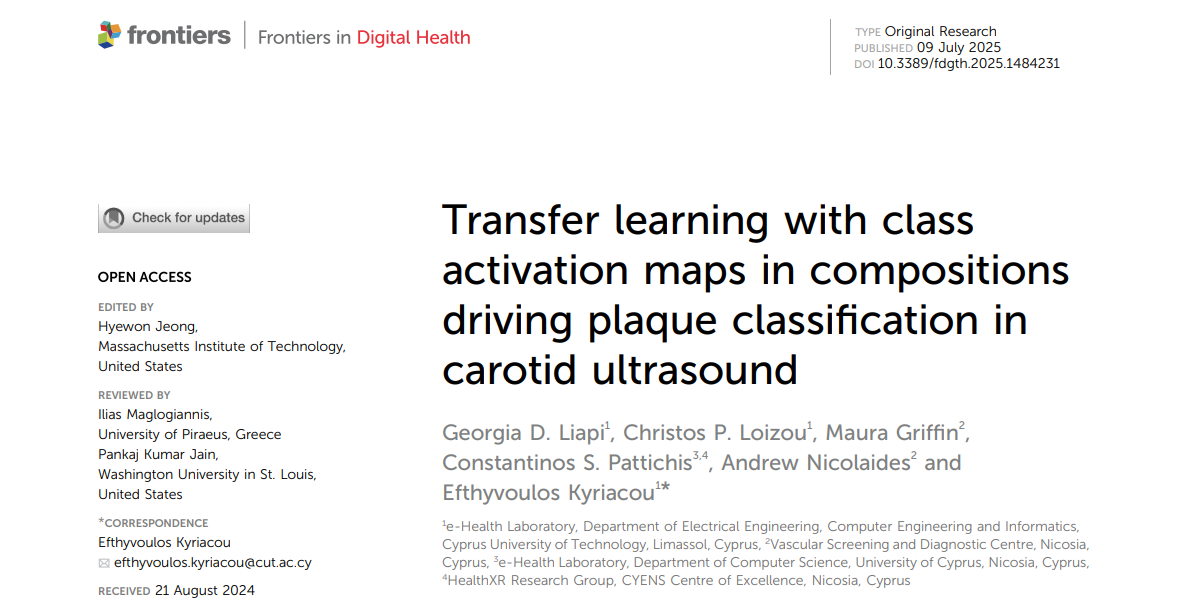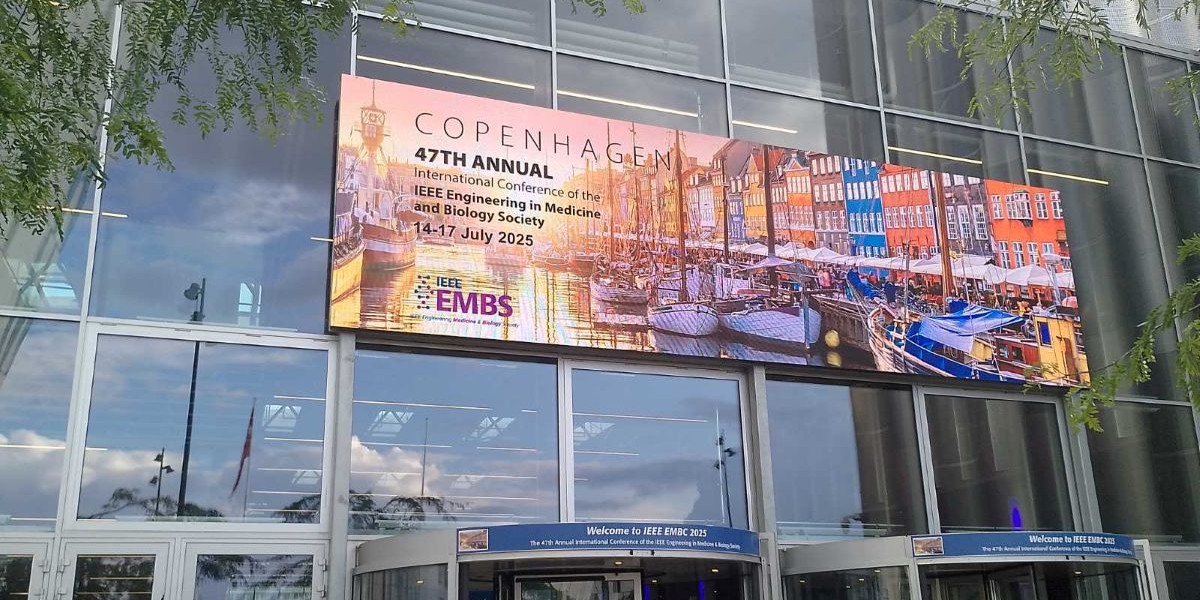During AtheroRisk, we conducted a study, where we trained and tested a pre-released DL segmentation model in automated carotid plaque annotation in 2D B-Mode ultrasound images. Importantly, we emphasized in image standardization and its contribution to reproducible and reliable plaque type (I to V) segmentations, which overall witnessed improvements when segmented in their fully-preprocessed version compared to the original (as extracted by the ultrasound equipment). Demanding plaques types, such as type I were also benefited from full preprocessing (image resolution and intensity normalization, followed by speckle noise removal).
We are happy that this study has been recently published. Find the study here.
The carotid ultrasound image preprocessing (standardization steps) are based on previous well-recognized studies:
S.K. Kakkos, A.N. Nicolaides, E. Kyriacou, C.S. Pattichis, G. Geroulakos, Effect of zooming on texture features of ultrasonic images, Cardiovasc. Ultrasound 4 (1) (Dec. 2006) 8, https://doi.org/10.1186/1476-7120-4-8.
A.N. Nicolaides, S.K. Kakkos, M. Griffin, M. Sabetai, et al., Effect of image normalization on carotid plaque classification and the risk of ipsilateral hemispheric ischemic events: results from the asymptomatic carotid stenosis and risk of stroke study, Vascular 13 (4) (Jun. 2005) 211–221, https://doi.org/10.1258/rsmvasc.13.4.211.
C.P. Loizou, C.S. Pattichis, M. Pantziaris, T. Tyllis, A. Nicolaides, Quality evaluation of ultrasound imaging in the carotid artery based on normalization and speckle reduction filtering, Med. Bio. Eng. Comput. 44 (5) (May 2006) 414–426, https://doi.org/10.1007/s11517-006-0045-1.

